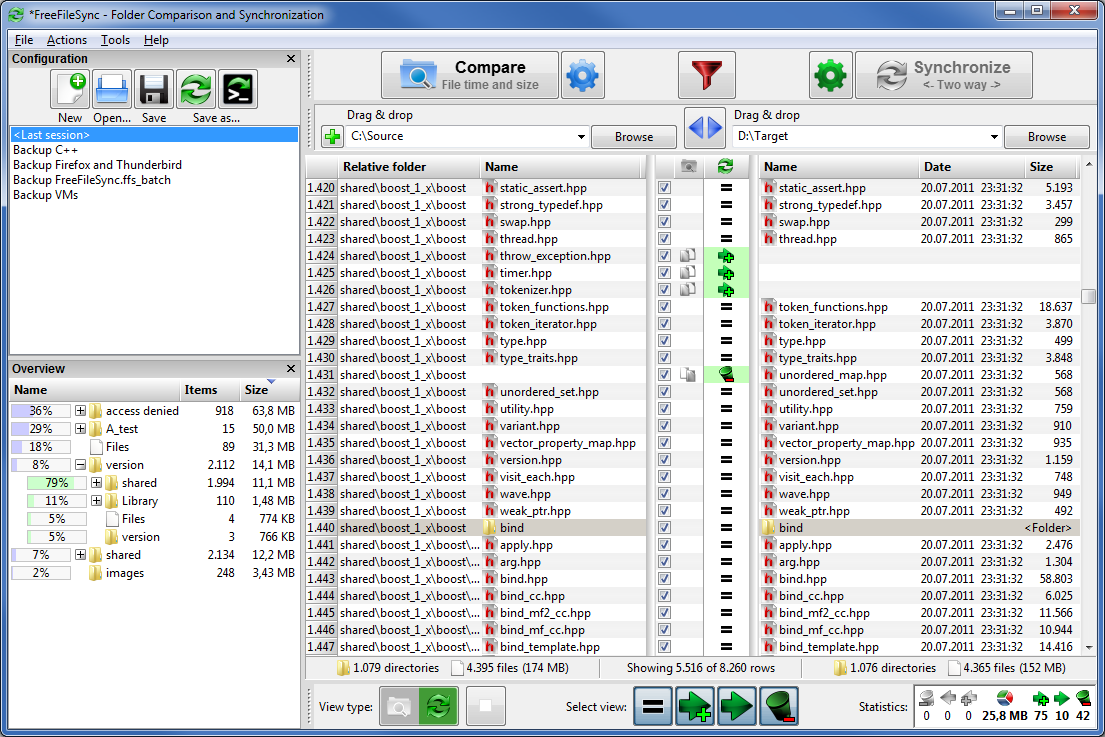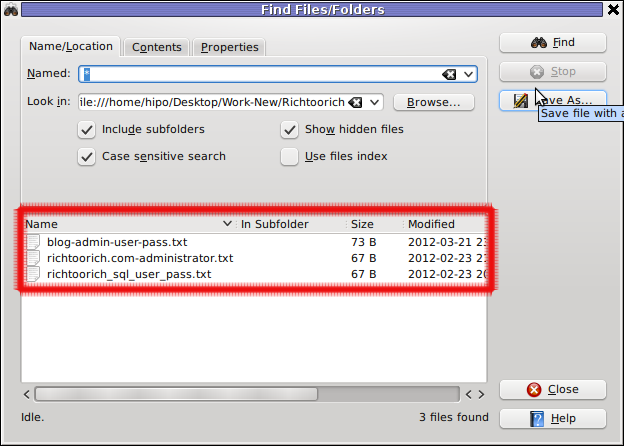

rsync will delete partially transferred files caused by network glitches or other interruptions. We’re also using the -partial option here. For collections of larger files, it can reduce the transfer time in a meaningful way. The compression option will not yield significant benefits for transfers involving many small files. This compresses the file in transfer, but the file is stored uncompressed in the target directory. To speed up transfers, use the -z (compression) option.

Total size: Represents the size of the data that would have been sent if you were not using rsync.

Bytes/sec: is the effective transfer rate.Received: The bytes received at the host.Sent: The bytes transferred to the target.rsync -rav /home/dave/Documents/ /media/dave/SILVERXHD/backups/Ī summary of the backup is presented when the copying is complete. The -v (verbose) option forces rsync to list the files as they are being copied. rsync -ra /home/dave/Documents/ /media/dave/SILVERXHD/backups/ Use the -a (archive) option to preserve file attributes such as modification dates, file ownership, access permissions, and more, for copied files, symlinks, and special block files. Preserving File Ownership and Permissions Checking on the external drive we can see the backups directory has been created, and within that directory are the contents of the “/home/dave/Documents” directory.


 0 kommentar(er)
0 kommentar(er)
